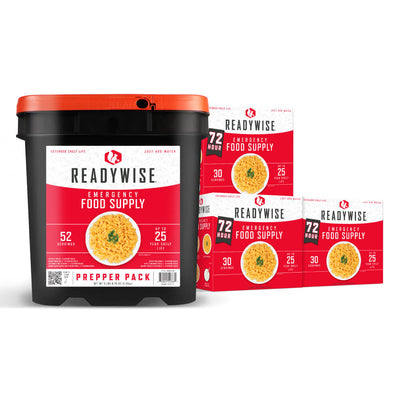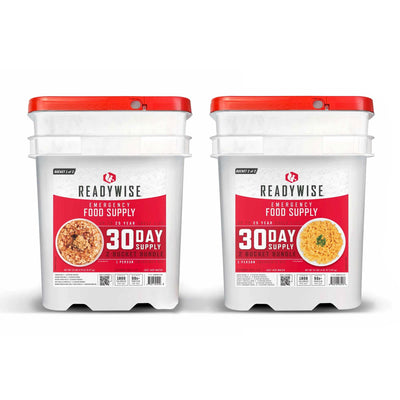Poisonous Insects
The other day a friend of ours said she found a beautiful, fuzzy caterpillar on one of her tomato plants. It looked so soft she said it was almost impossible not to touch it. But something told her not to. It’s a good thing she listened to that little voice because her visitor was a puss caterpillar – underneath its fuzz are poison barbs that can cause severe pain plus headaches, swollen lymph nodes, shock, nausea and vomiting. Puss caterpillars are just one of many innocuous-looking insects that can pack a painful wallop.
Late summer and early fall are the peak times to come in contact with these guys because most of us are either harvesting in the garden or cleaning up the garden and yard in preparation for the end of the growing season. It’s a good idea to wear gloves while you’re working – and if you see something in your yard or on a hike that is brightly colored or looks inviting in any other way – it’s also a good idea to leave it alone! We all know to leave scorpions and bees alone, but some dangerous insects don’t get the press attention that they should. This time of year is a great time to remind kids that Mother Nature can have some surprises – it’s not a good idea to pick up anything until you know what it is.
Here are some venomous critters to look out for:
Stinging caterpillars
I was shocked to find out that some caterpillars are dangerous. Turns out lots of them are. Venomous versions include the saddleback, Io moth, buck, hagmoth, hickory tiger and stinging rose. These caterpillars are all soft and fuzzy or brightly colored and very beautiful. Either way, they just beg to be picked up and shown off so let your kids know it’s better to bring mom or dad to an interesting insect rather than the other way around!
Small spiders
It’s not news that some spiders are really venomous – but do you know what they look like and where they like to live? The black widow is the little black or grey spider with a red (or orange) hourglass on her underside. Black widows are found nearly everywhere and they are very adaptive. Watch for them in dark, low to the ground, hidden spots. Be especially careful when you’re cleaning out closets or garages. And, if you’ve seen one it’s a good idea to call an exterminator. Black widows can travel in building material bundles and infest a home quickly. A friend of ours had an infestation in her mailbox!
Brown recluse spiders can also cause nasty ulcerations if they bite you. They don’t want to – they’re reclusive (thus the name) and nocturnal. Another reason to wear gloves, pants and long sleeves if you’re cleaning out basements or garages.
Most big scary-looking spiders (not tarantulas!) are harmless and are just doing their jobs keeping the flying insect population down. If you’ve got a big spider hanging around outside your house – consider it a guest and enjoy a few less mosquitoes.
Centipedes and millipedes
Like stinging caterpillars, centipedes and millipedes probably can’t deliver a fatal sting but they can deliver a very painful sting. The “sting” is actually a pinch and you can expect to feel something like a bee sting for a few hours after you come in contact with one. Centipedes are another one of those fascinating creatures that kids love to watch or capture in jars. These critters are better off left alone in the garden.
If in doubt, call the Poison Center
Some people can have violent reactions to even mild stings or pinches. If you are concerned about a sting you can call the National Capital Poison Center 24 hours a day, 7 days a week, 365 days a year at 1-800-222-1222. Learn more on their website at http://www.poison.org.
















































































